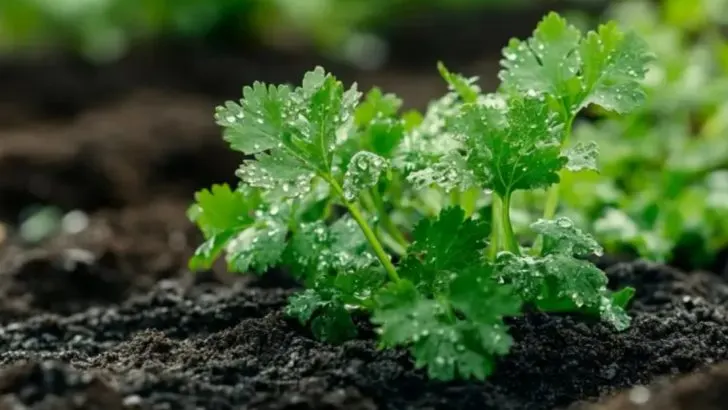Cilantro doesn’t care about your hopes and dreams. One minute it’s lush and fragrant, the next—it bolts, flowers, and flips you the leafy bird. Especially in the heat. But don’t give up just yet. You can grow cilantro that behaves. Even when the sun is turning your garden into a skillet. The trick? Outsmarting a plant that’s determined to self-destruct. Forget what you’ve heard about “easy herbs.” Cilantro is a diva. But with the right moves—think shady plots, sneaky timing, and a few gardener-approved hacks—you can keep those tasty leaves coming long after others have given up. Let’s tame this rebellious herb and turn it into the fresh, leafy superstar it pretends to be.
Choose Heat-Tolerant Varieties
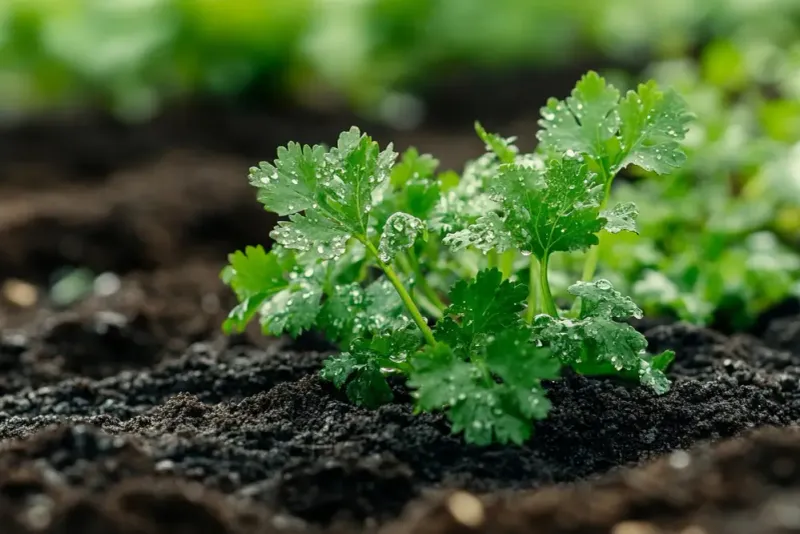
Selecting the right variety is crucial in hot climates. Opt for heat-tolerant cilantro cultivars like ‘Santo’ or ‘Slow Bolt.’ These types are bred to resist bolting, giving you a longer harvest season in warm weather.
Planting these varieties in your garden ensures that your cilantro remains lush and productive. Test different types to find the perfect match for your environment. Mixing varieties can also provide a continuous yield.
Did you know? Cilantro’s origin traces back to the Mediterranean, where it’s accustomed to sun-soaked regions. This history makes heat-tolerant varieties even more effective.
Water Wisely
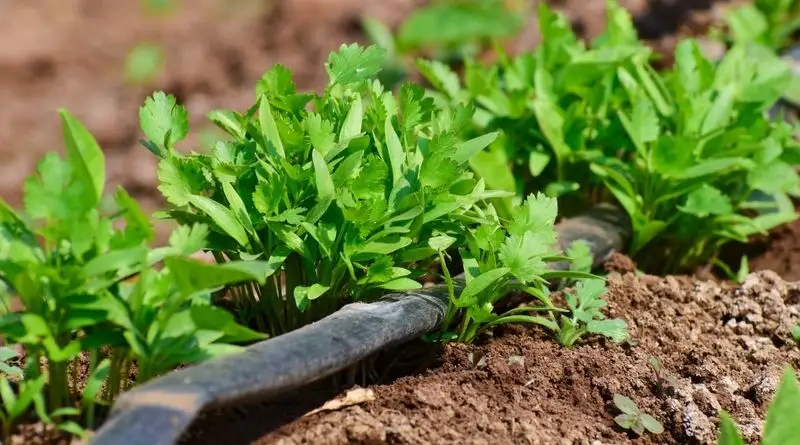
Cilantro needs consistent moisture, especially in hot weather. Watering wisely means timing and technique. Water in the early morning to reduce evaporation and allow roots to absorb moisture efficiently.
Use a drip irrigation system or soaker hose to water the base of the plant, minimizing wet foliage that can lead to disease. Overwatering can cause root rot, so balance is key.
Keeping the soil consistently moist but not waterlogged ensures healthy growth. This approach mirrors the plant’s native conditions, offering the tender care cilantro thrives on without succumbing to the harsh sun.
Provide Partial Shade
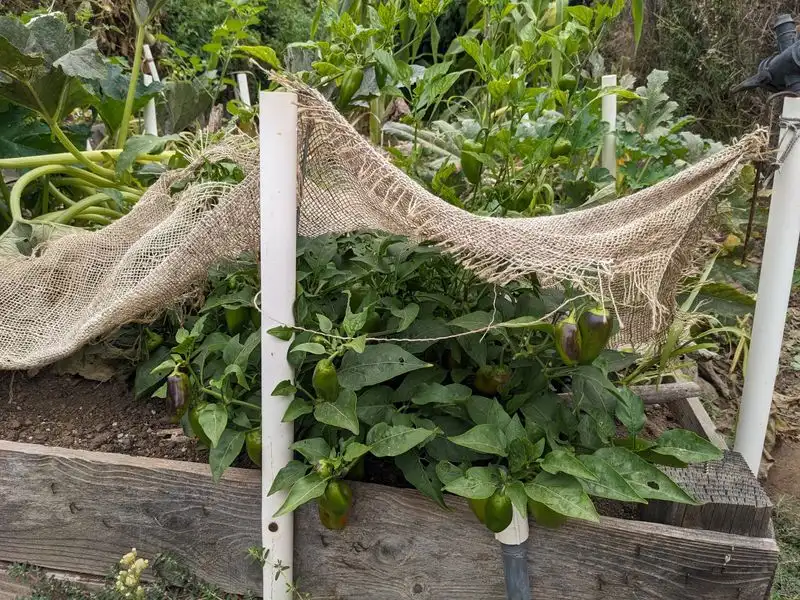
Cilantro appreciates a break from the intense midday sun. Providing partial shade can significantly improve its growth in hot weather. Consider planting cilantro alongside taller crops that naturally offer shade.
Erecting a temporary shade cloth or using natural shade from trees can protect your plants from overheating. This method mimics cilantro’s native forest-edge habitat.
Strategically positioning your cilantro can lead to lush growth, extending your harvest and keeping the plants productive. Balancing sun exposure helps maintain the delicate flavor cilantro is known for, without bitterness.
Mulch to Retain Moisture
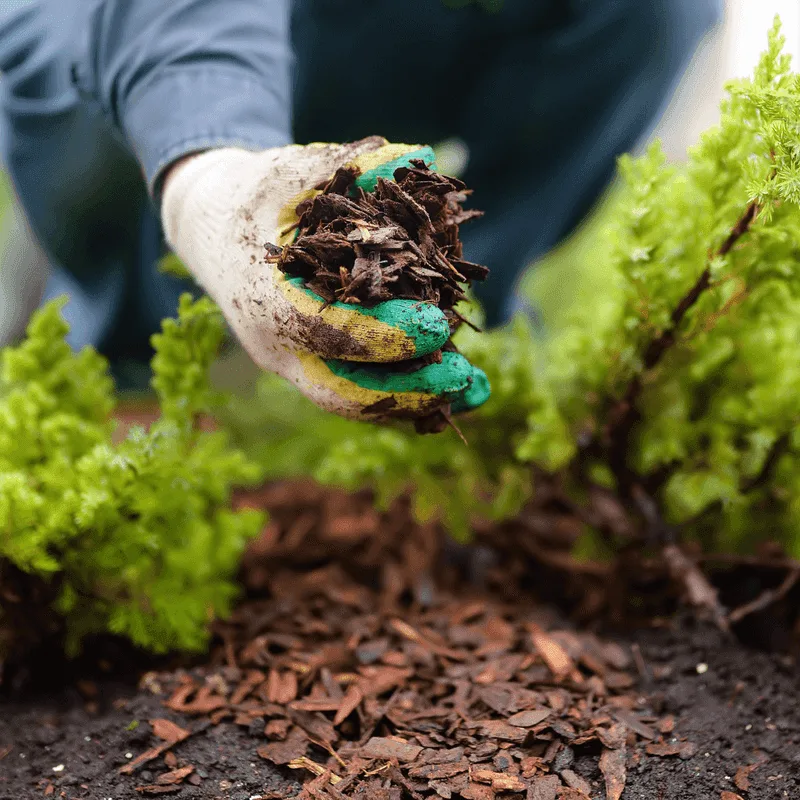
Mulching is an excellent way to keep cilantro cool and retain soil moisture. Cover the soil with organic mulch like straw or shredded leaves to prevent evaporation and suppress weeds.
This simple act creates a microclimate around your plants, reducing soil temperature and keeping roots cool. Mulch breaks down over time, enriching the soil with nutrients.
By maintaining consistent soil conditions, mulching supports strong, healthy growth. Enjoy a bountiful cilantro harvest with this easy, natural method. Mulch acts like a blanket, ensuring tender cilantro thrives even when the heat is on.
Plant in Succession
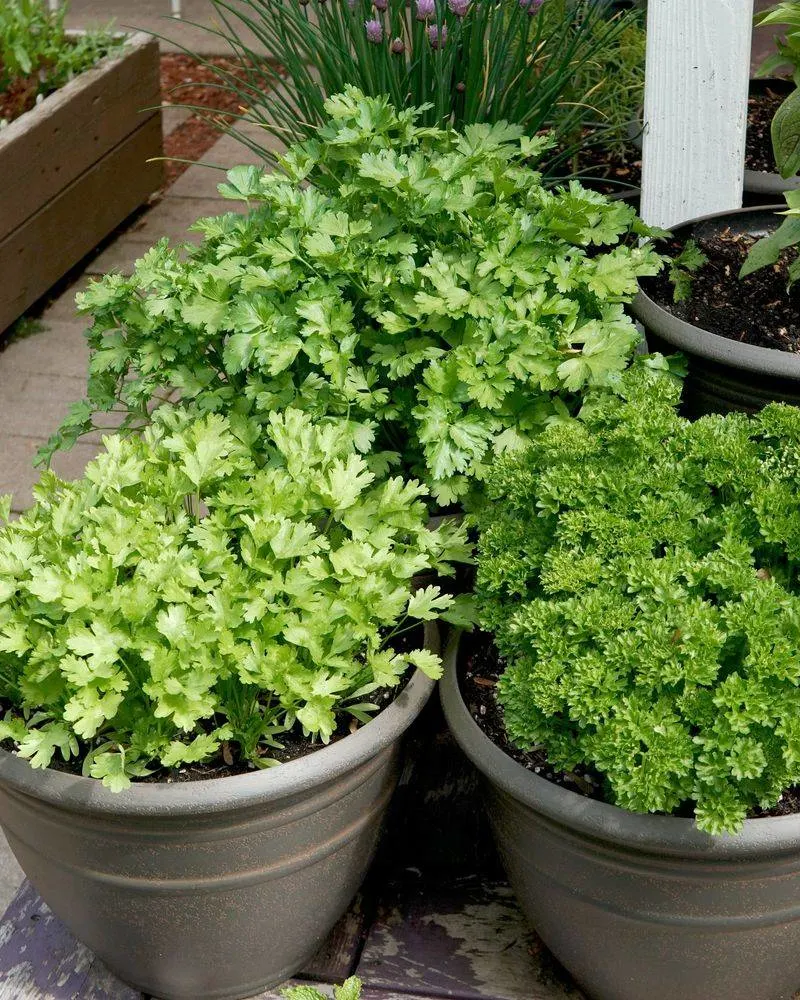
Succession planting ensures a steady supply of fresh cilantro. By sowing seeds every two to three weeks, you guarantee a continuous harvest, especially in hot weather.
This approach allows you to harvest one batch while another begins to thrive. You’ll always have cilantro ready for your culinary needs. Adjust sowing times based on your local climate.
The staggered planting technique avoids sudden bolting from heat spikes, offering fresh leaves continuously. This garden strategy is both efficient and rewarding, tailoring the cilantro supply to your kitchen’s demands year-round.
Use Deep Pots for Container Gardening
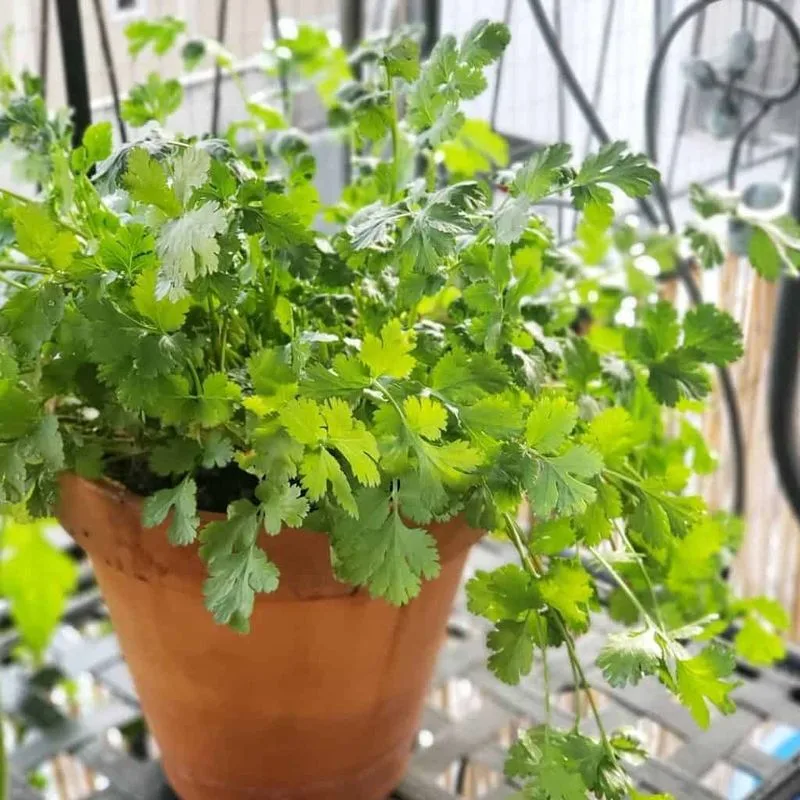
If space is limited, growing cilantro in deep pots can be a smart option. Choose containers that are at least 12 inches deep to accommodate cilantro’s long roots.
Deep pots prevent the soil from drying out quickly and offer a stable environment for root growth. Place pots where they receive morning sun and afternoon shade for optimal results.
Container gardening allows you to move plants as needed to avoid excessive heat. This flexibility is perfect for urban gardens and patios, ensuring cilantro thrives despite space constraints.
Improve Soil Drainage
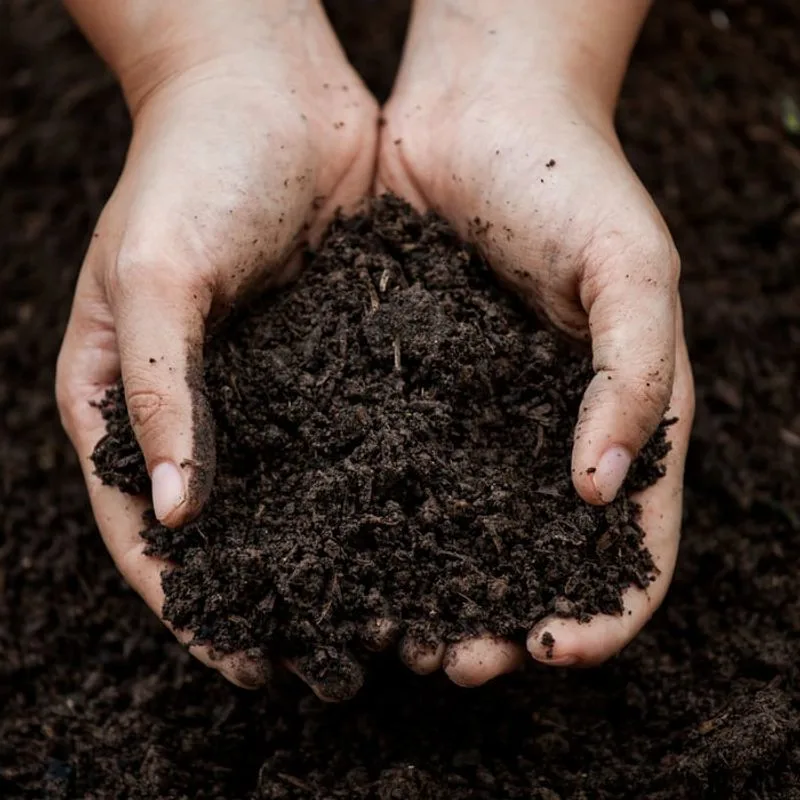
Good drainage is vital for growing cilantro in hot weather. Amend soil with organic matter like compost or perlite to improve aeration and prevent waterlogging.
Well-drained soil keeps cilantro roots healthy, reducing the risk of root rot. Test your soil’s drainage by observing water penetration after a rain or watering.
Amending soil helps balance moisture retention with drainage, providing the ideal growing conditions. This proactive step supports vigorous cilantro growth, keeping your garden lush even when temperatures rise.
Pinch Off Flowering Stems
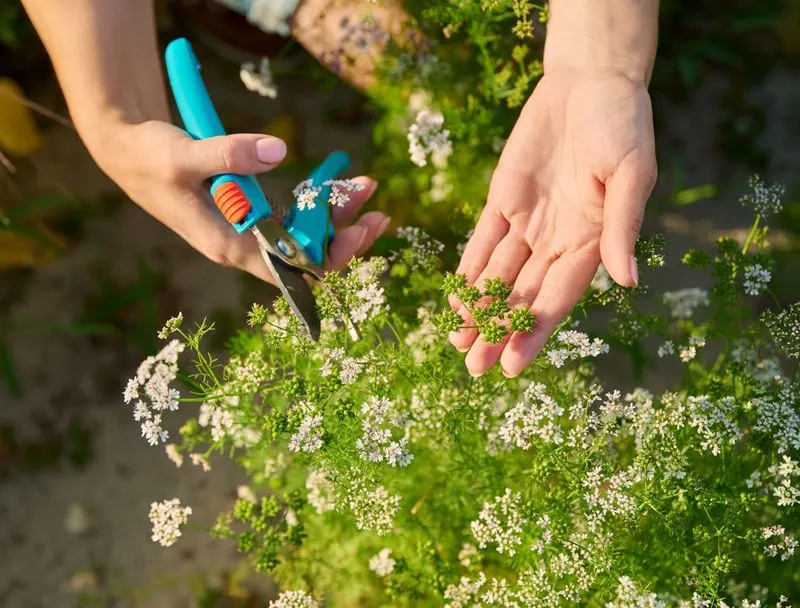
To prevent cilantro from bolting, regularly pinch off flowering stems. Once cilantro flowers, it quickly goes to seed, reducing leaf production.
This simple maintenance task extends the harvesting period, so keep an eye on your plants during hot weather. Frequent checks ensure flowers are removed before seeds develop.
By managing flowering, you maintain cilantro’s vibrant leaf growth. This technique keeps your garden productive, allowing you to enjoy fresh cilantro leaves throughout the season.
Harvest Frequently
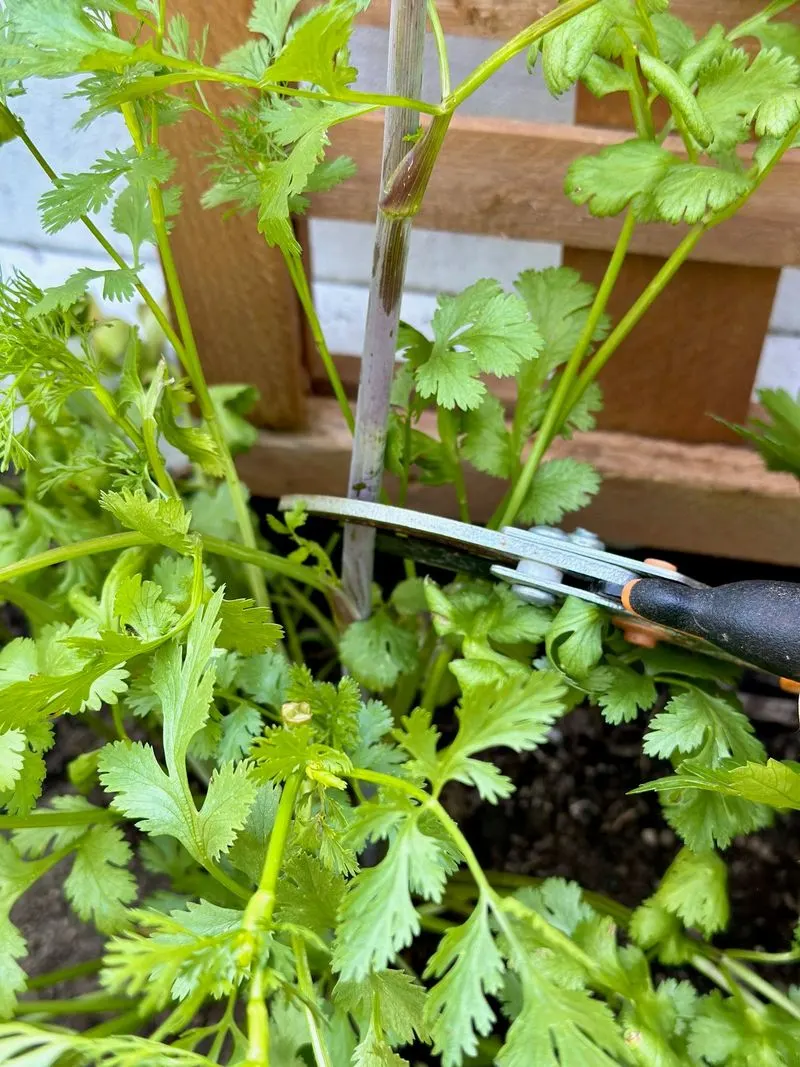
Regular harvesting encourages new growth and prevents cilantro from bolting. Snip leaves frequently to keep the plant productive.
Harvesting not only provides fresh herbs for your kitchen but also stimulates the plant to produce more foliage. Use clean scissors to cut leaves, preserving plant health.
This practice aligns with cilantro’s natural growth cycle, ensuring continuous yield. A proactive harvesting strategy keeps your cilantro garden lush and abundant, even when temperatures soar.
Companion Planting with Beneficial Herbs
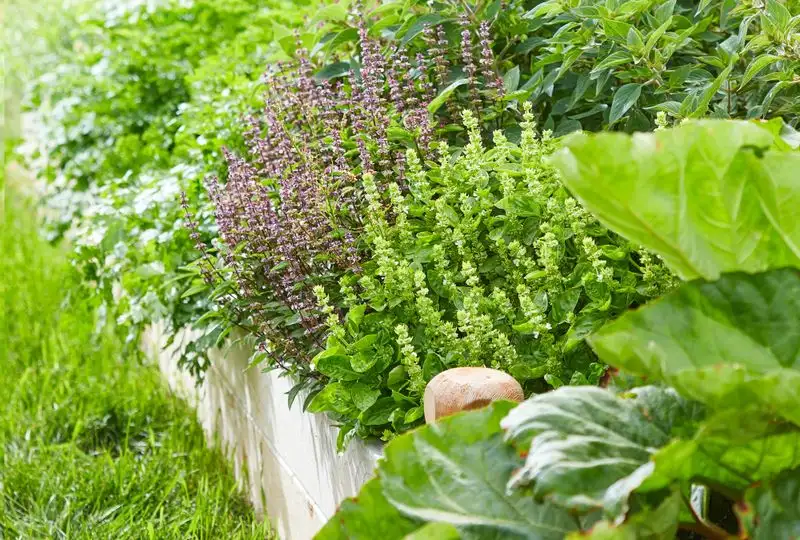
Companion planting cilantro with herbs like basil and parsley can enhance growth and deter pests. These herbs share similar growing conditions, making them ideal partners.
The diverse planting creates a micro-ecosystem, supporting plant health and reducing pest issues. Strategically arrange these herbs to maximize benefits.
This natural pest control method promotes cilantro’s growth, offering a synergy that enhances the flavor and productivity of all plants involved.
Avoid Overcrowding
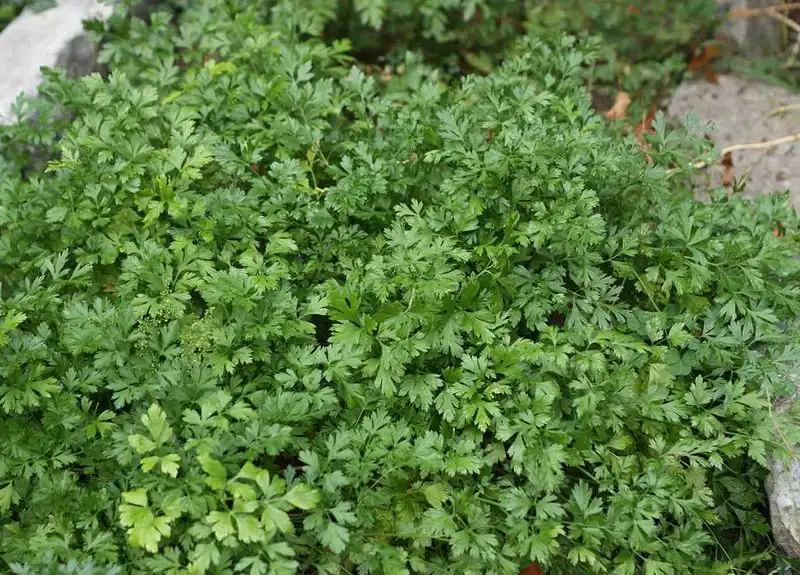
Overcrowding can hinder cilantro’s growth, especially in hot weather. Space plants 8-10 inches apart to ensure adequate air circulation and sunlight.
Proper spacing prevents competition for nutrients and reduces the risk of disease. It also allows plants to develop robust foliage.
This spacing mimics cilantro’s natural habitat, offering the freedom to grow vigorously. Prioritize organization in your garden layout to maintain healthy, thriving plants throughout the hot season.
Start Indoors Before Transplanting
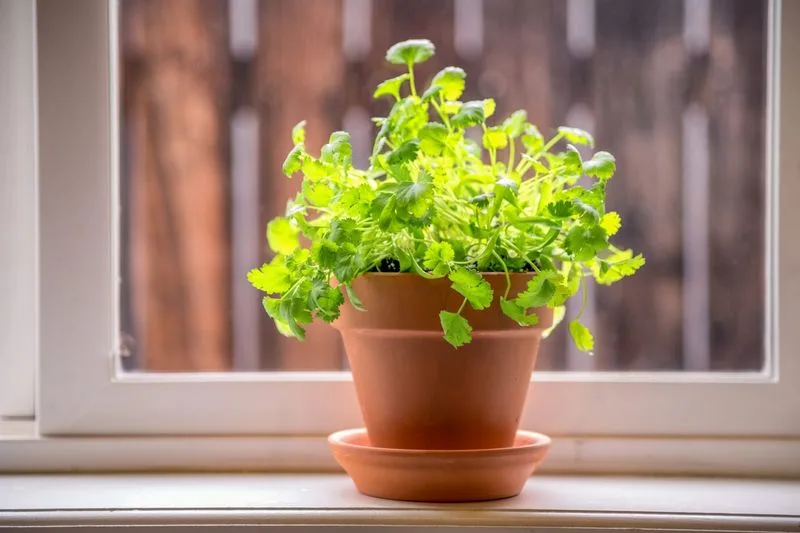
Starting cilantro indoors before transplanting can give you a head start on the growing season. Utilize grow lights or sunny windows to nurture seedlings.
Transplant once the danger of frost passes and seedlings are robust. This method protects young plants from extreme weather conditions.
Indoor starting offers control over initial growing conditions, promoting strong, resilient plants. Transitioning to the garden becomes seamless, providing a foundation for success in warmer climates.
Utilize Morning Sun
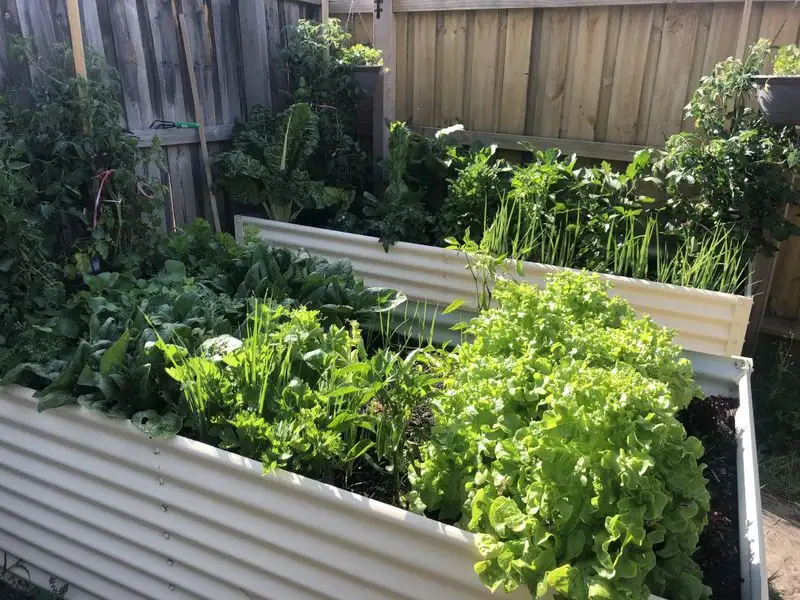
Early morning sunlight can be a cilantro grower’s best friend. This gentle light provides the energy cilantro needs without the intense heat of midday. Positioning your plants to receive morning sun can help them flourish even in hotter climates.
Morning sun exposure ensures cilantro stays cool and hydrated throughout the day. It’s an approach that mirrors nature, where plants evolve to take advantage of cooler, moist conditions.
Did you know? Cilantro is known for its fast-growing nature. Thus, harnessing the mild morning sun aids in preventing bolting, keeping your plants healthy and productive.

